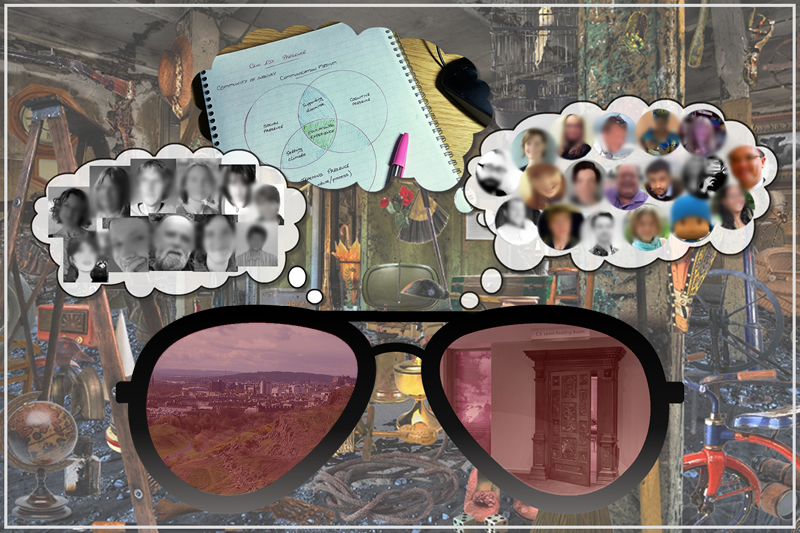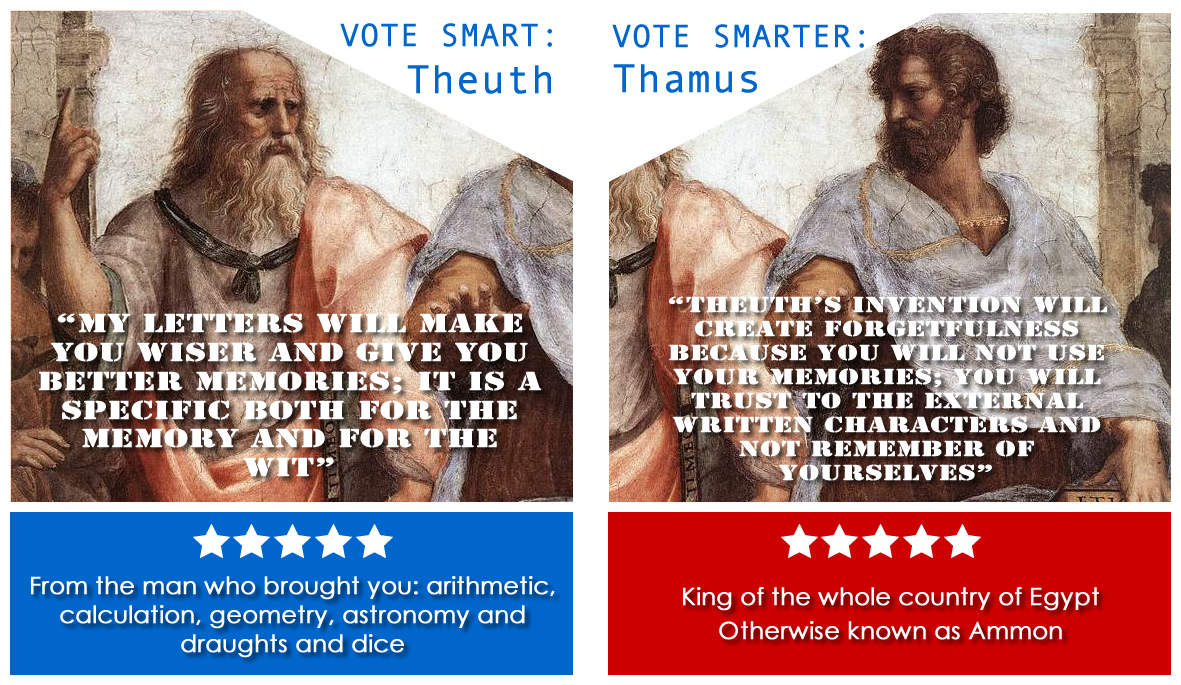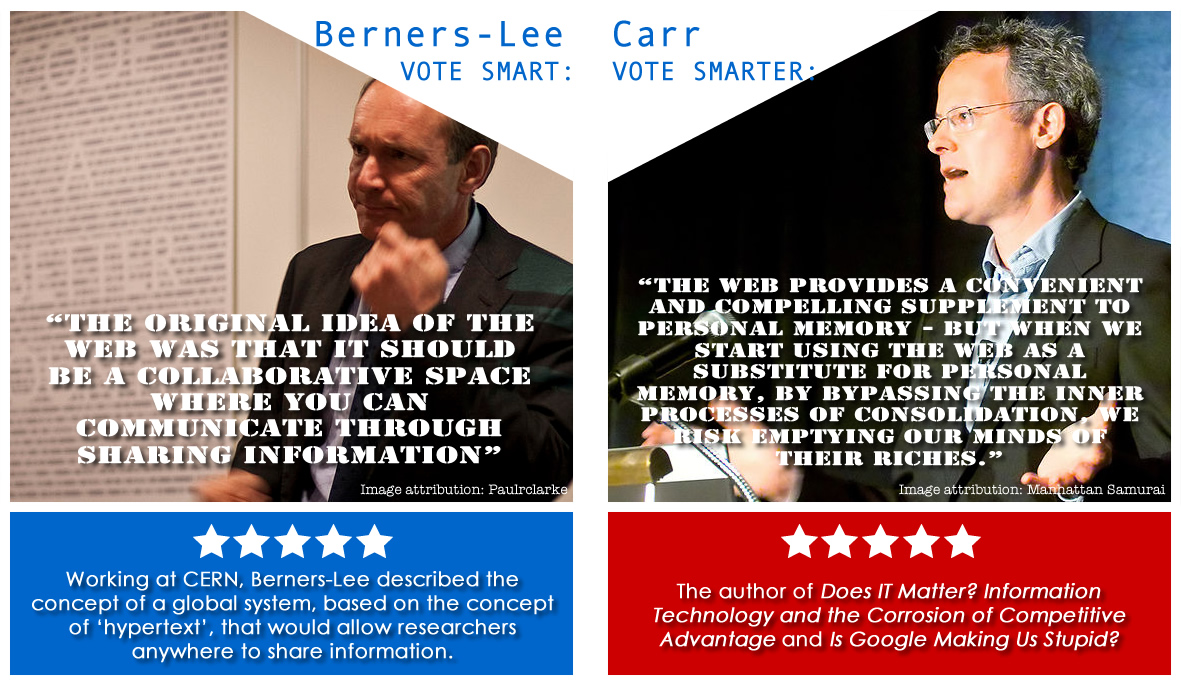This is an overview/tour of some of the creative elements that I have experienced over the last two years as a student on the MSc in Digital Education at the University of Edinburgh. It has been on my to-do-list for a while but a recent post by Tanya Dorey-Elias, Creativity at a Distance, was the perfect prompt to actually pull things together in one reflection.
I have completed four modules to date, Moodle being the main space for two and open WordPress sites for the other two. Connection with my fellow students across the globe was through private discussion forums, Twitter hashtags, Twitter chats, WordPress comments, synchronous Hangouts, synchronous Skype calls, synchronous text chats (Skype), TogetherTube, email and various other outside sites including Instagram, Padlet etc.
Creativity was at the core of all the modules although this was not explicitly fore fronted, indeed checking back over the learning outcomes, creativity is not mentioned once. These artefacts are samples of my own personal work and I want to be clear that the objects themselves are not what I am showcasing. The point I am making is that whilst making and sharing these with my tutors, classmates, even the wider world in some cases, I was connecting and learning. Crucially I learned that high end technical know-how is the skill least required for wonderful creativity and I was constantly amazed by what my colleagues produced.
I have listed my examples under module headings which are linked to the course website so you can read about each in detail, including the learning outcomes.
An introduction to digital environments for learning – #mscidel
Digital story
I made this solely with Microsoft PowerPoint – this got me started on the road to making support videos highlighting the unused power (excuse the pun) of this package
Postcards
A group of both students and staff shared postcards virtually and in real life. I received one from my tutor which featured the course hare and even included a hidden video message.

Images
I actually had forgotten this one until I went hunting for the evidence to post here, so I can’t quite remember why I made them but I do remember that it was great fun. I think it was an activity prompted by one of the readings.


The digital student experience – #mscdse16
The space for this was an open group blog found here (each iteration of the course has its own unique space).
This was a specific artefact that a fellow student and I created as group work for one of the weekly tasks. We recorded our conversation over Skype and then added the visuals to create a trigger for the week’s discussions.
Understanding learning in the online environment – #deuloe
I am linking to an essay that wasn’t actually shared but the discussions about my journey on learning crochet took place in the class discussion forum. I wanted to include this to demonstrate that offline creativity and learning experiences were part of the course, melding with the online connections.
Education and digital culture – #mscedc
This is the module that involved the most creativity for me personally. I had to feed a personal, open blog via IFTTT each day for the entire duration of the course.
However, these examples are specific artefacts that I made:
My Robot video
Ethnography
An ethnography of a MOOC that I took (yes, I did indeed study a course, inside studying a course!)
Algorithms video
A digital essay
I put open on trial in this: Turning to the community: my open learning journey and a follow up response post including amazing comments from educators across the world. Part of the subsequent Twitter conversation even ended up in the #digped keynote which was an incredibly humbling and unexpected outcome:
Seeing yourself in the @Bali_Maha keynote, from afar, at the end of a long day #digped #15secondsoffame pic.twitter.com/94AEnzkhCC
— Clare Thomson (@ClareThomsonQUB) August 11, 2017
Conclusion
All in all, I felt more connected and creative than I ever did with my face-to-face MSc, over a decade ago. Key to this was the constant encouragement of the staff and fellow students. Also, importantly (I believe) was the lack of prescription with regards the creativity. If you weren’t confident creatively or technically a straightforward essay was just as well received as a mini-movie. The emphasis was on being critical, not the presentation.
I hope this gives a flavour of what is involved in the course but for me reflecting back for this makes me realise that it is a tip of the ice-berg moment. I am annoyed that I can’t manage to capture the depth and richness of conversation, chat, frustrations and shared creativity adequately in words.
Hopefully though, it is enough to convince readers that online does not have to be deficit in any way. It may not be perfect and some people may struggle more than others with regards feelings of isolation but that may equally happen in face-to-face courses, it simply isn’t given the negative air time that distance education gets. Ultimately, it is the people involved who make a course successful and the technology is simply an enabler, admittedly an incredibly powerful enabler, to connect staff and students across the world.
PS I also learned that I really, really don’t like listening to myself…
PPS errors and opinions are all mine
Update on 10 March 2018
I have now completed all of the taught modules so this is my last artefact for the course:
Digital Futures for Learning – #dfled
This course attracted me in several ways, not least of these was the key themes of trust, resistance and mess. It was a hectic module and you can read about our journey on the Teaching Matters Blog at the University of Edinburgh.
Things on the web have recently been getting pretty dark and I wanted to maintain a positive slant to the wonder that technology affords us but I also wanted to ensure that educators are empowered to be able to critically view any technology that they employ in their teaching. Thus the creation of the open education resource: Serendipity in a Digital World: Open in the face of surveillance
It is sad to be signing off from #mscde now but ending with a module looking to the future seemed absolutely perfect and somehow I suspect that it will always be with me in one way or another.
Leave a Reply